
Citizens come to the polls across the country
(Photo: Lehi Krupnik, Barel Ephraim, Ido Erez, Shamir Elbaz)
At 22:00, all the polling stations around the country will close and the 24th Knesset election campaign will begin. How do you count the votes in the election? When will we start getting the results? And how do you even calculate seats? Ynet explains elections.
8 View the gallery


Ballot boxes for isolators in Ramat Gan
(Photo: gettyimages)
After the polls close, the members of the polling committee will count the ballots, mark in the table the number of votes received by each list, compare them to the number of eligible voters and summarize the results. The records will be submitted to the Regional Election Commission for review, and will then be entered into a computer connected to the Central Election Commission computers.
To maintain the purity of the election, all members of the polling committee will be able to photocopy a copy of the polling results so that the results typed on the computer can be verified to be identical to the actual polls and no disruption is made along the way.
8 View the gallery
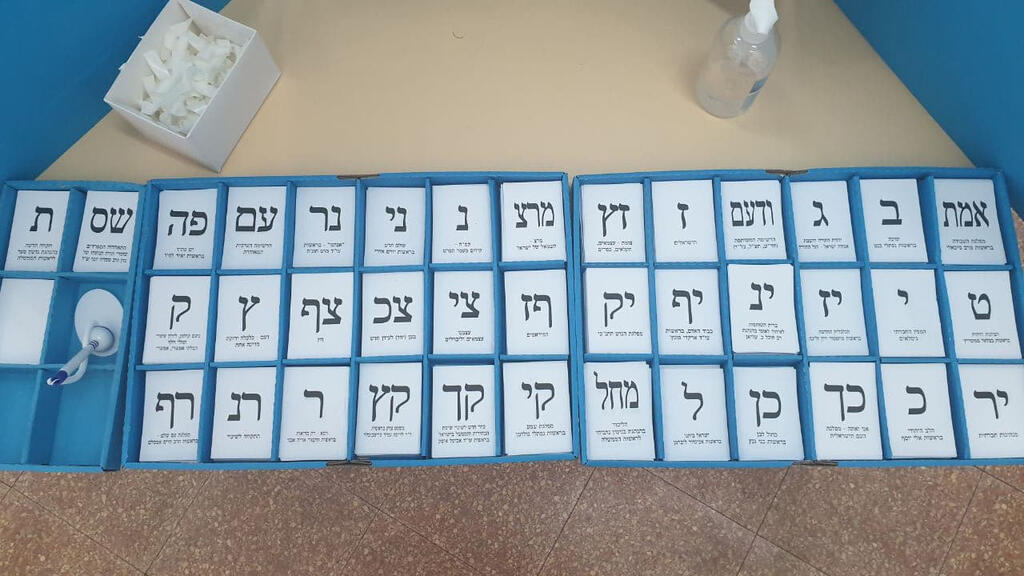

Ballots in the streets
(Photo: Avivit Tzanti)
8 View the gallery
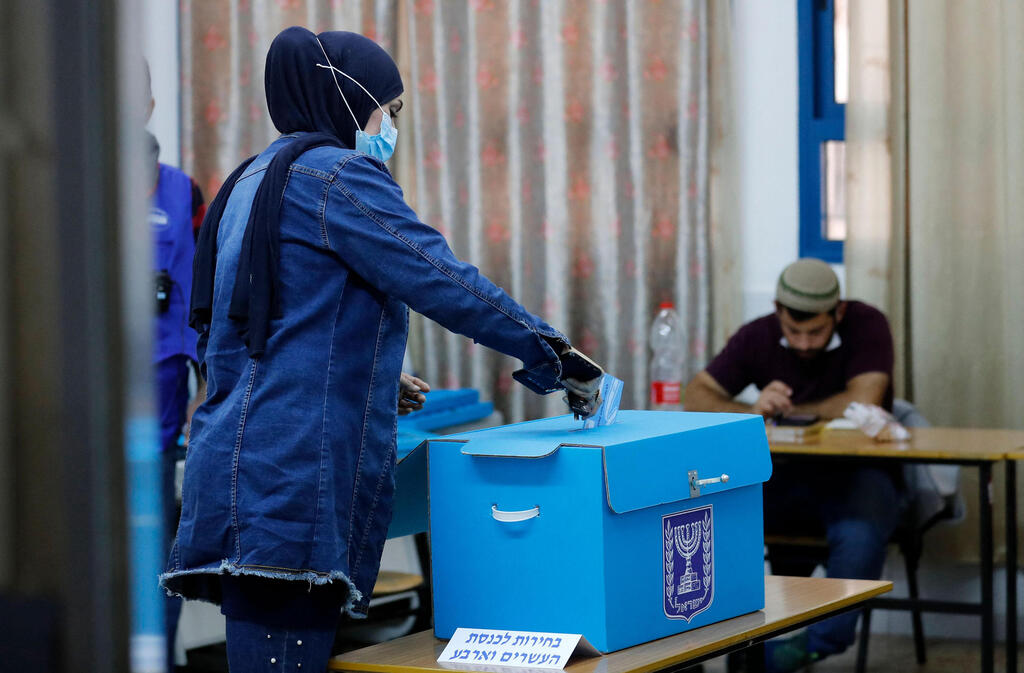

Vote in Tamra
(Photo: AFP)
In the current election, it was decided on a new procedure according to which cameras will be installed in the typing room of the results that will allow the procedure to be viewed. This is in addition to the many supervisors who will walk around with body cameras throughout the vote counting process.
The double envelopes, which are expected to be more numerous in this election than in the past due to the large number of designated polling stations, will be counted on the thousands of tables spread throughout the Knesset – in the auditorium, in the various plazas and in the parking lots. About 6,500 employees will count the votes in different shifts until the end of the special operation. If the count does not end on Friday, it will only continue on Monday – after Shabbat and Passover.
8 View the gallery
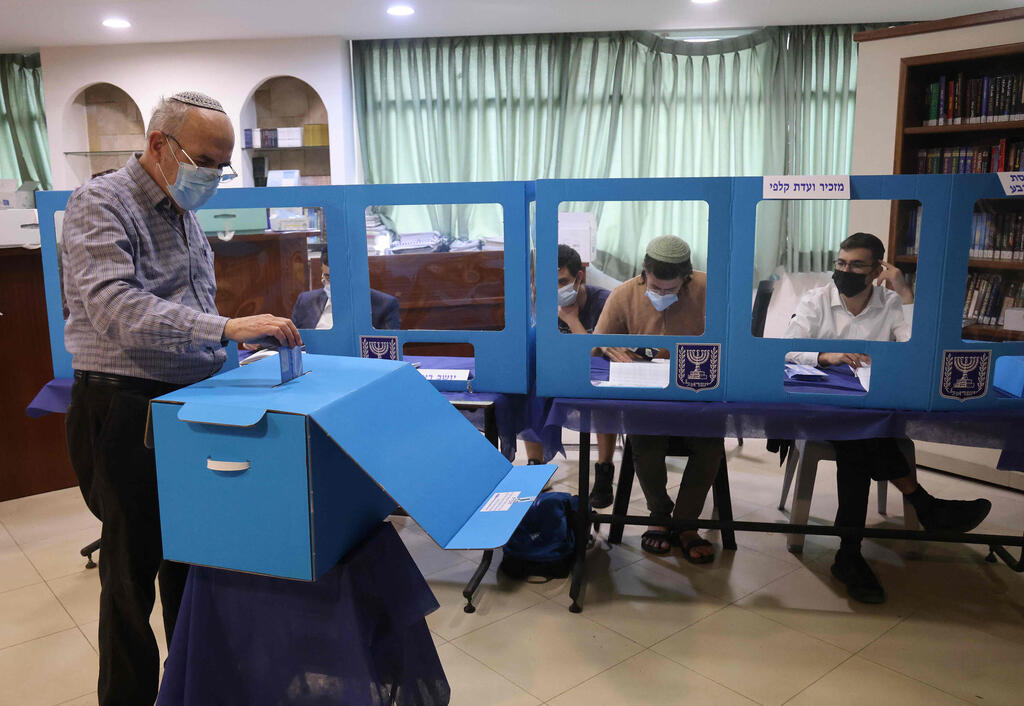

Ballots in Jerusalem
(Photo: AFP)
8 View the gallery
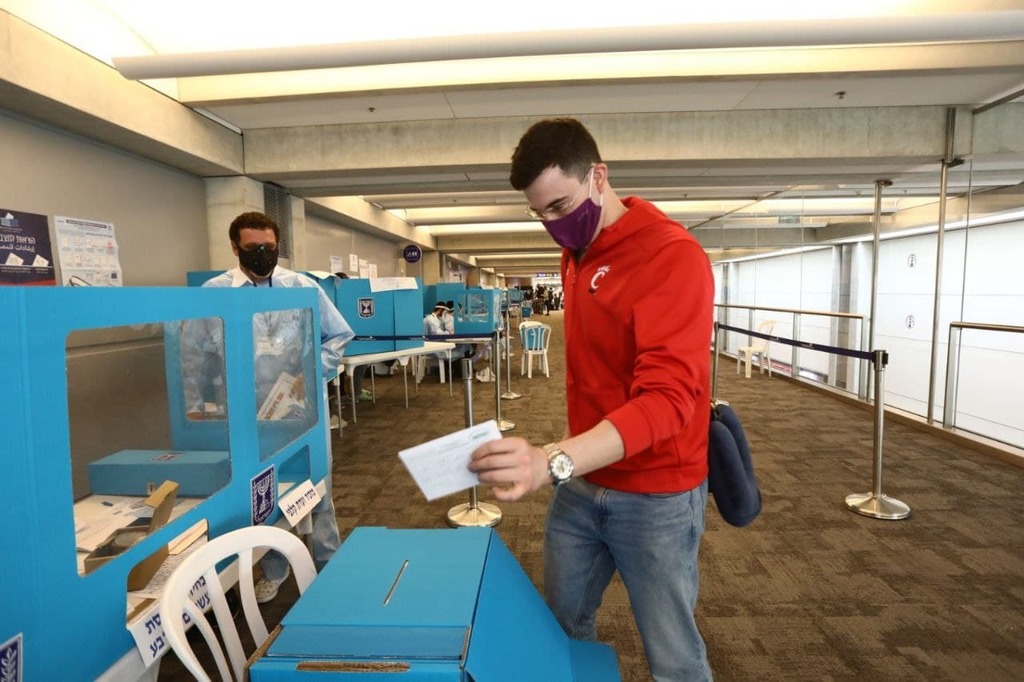

Those landing on the flight from New York vote at Ben Gurion Airport
(Photo: Sivan Faraj, Airports Authority)
As part of this operation, the votes of the Israelis who voted at the polling stations designated for the isolated or corona patients, at the military polling stations, at the polling stations in the prisons and detention centers, at the polling stations in the hospitals and in the nursing homes, and at the special polling stations at Ben Gurion Airport
To make sure that none of them voted twice, the names in the designated polls will be cross-referenced to the list of voters in the regular polls. If it is discovered that one of the voters in the double envelopes has already voted in a regular ballot box – his double vote will not be counted and the matter will be referred to the police.
According to the Central Election Commission, the first results are expected to be published tomorrow morning, and so on Wednesdays and Thursdays. However, the Election Commission estimates that the full results, including the double envelopes, will not be published before Friday afternoon.
“We conduct very meticulous control processes over the results, checking for anomalies, checking statistics, checking for anomalies. All of these things take time, so during the night the results will flow slowly,” Central Election Commission CEO Orly Adas said in an interview with Ynet.
She added: “I hope that by the morning we can see about 70% of the results at all the regular polling stations. Everything else will flow during the morning. As for the double envelopes, they go through a very complex process of checking before the count. This count will only start on Wednesday night.” .
8 View the gallery
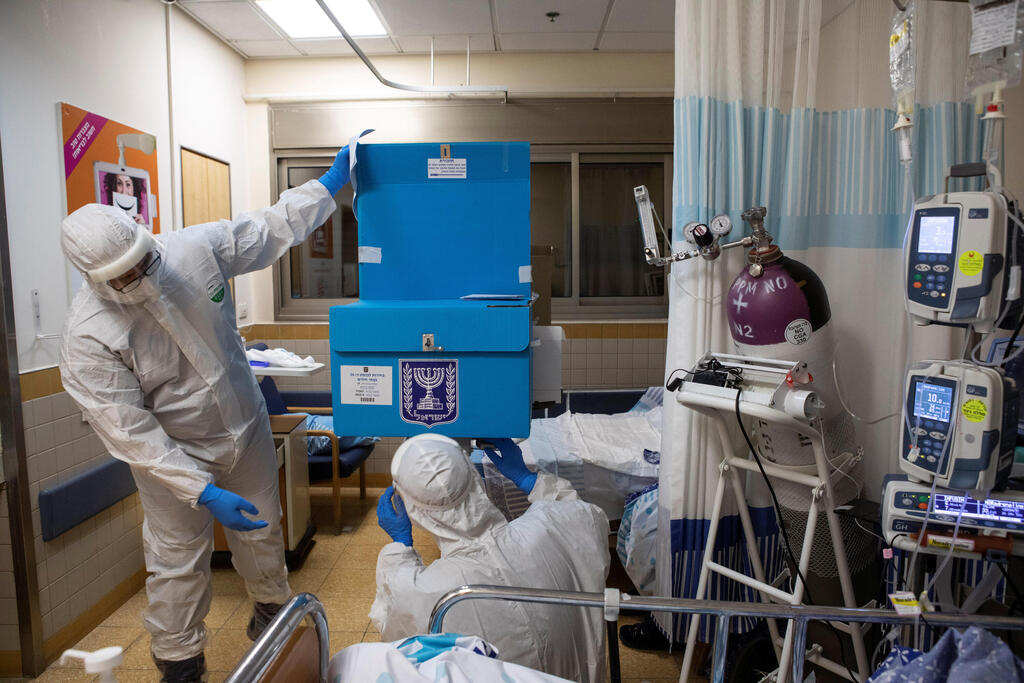

Voting at Tel Hashomer Hospital
(Photo: Reuters)
8 View the gallery


Voting in Tel Aviv
(Photo: Reuters)
Calculating the number of seats consists of five steps. First, check the number of valid votes. In the last election, for example, 71.52% of the 6,453,255 eligible voters voted, and 4,615,135 votes were collected. Of these, 25,073 invalid votes were deducted, bringing the total number of valid votes to 4,590,062.
The second step is to calculate the number of votes needed to pass the blocking percentage. The total number of valid votes is doubled by the blocking percentage – 3.25%. For example, if 4,590,062 kosher votes were received, as in the previous elections, the result would be 149,177 – and this would be the number of votes required to enter the Knesset.
8 View the gallery


In the third stage the wasted voices are sifted. After determining how many votes are needed to pass the blocking percentage check which parties have met this threshold and add up all their votes, without the votes of the parties that failed to pass the blocking percentage.
The fourth step is to determine the number of votes that a mandate gives. The total number of votes of the parties that passed the blocking percentage is divided by 120, the number of Knesset members, and the result is one seat.
Finally, the seats are divided. Once the value of one seat is determined, several seats are counted in the sum of the votes of each list, and the remaining surplus is divided according to the surplus agreements of the parties that passed the blocking percentage.

